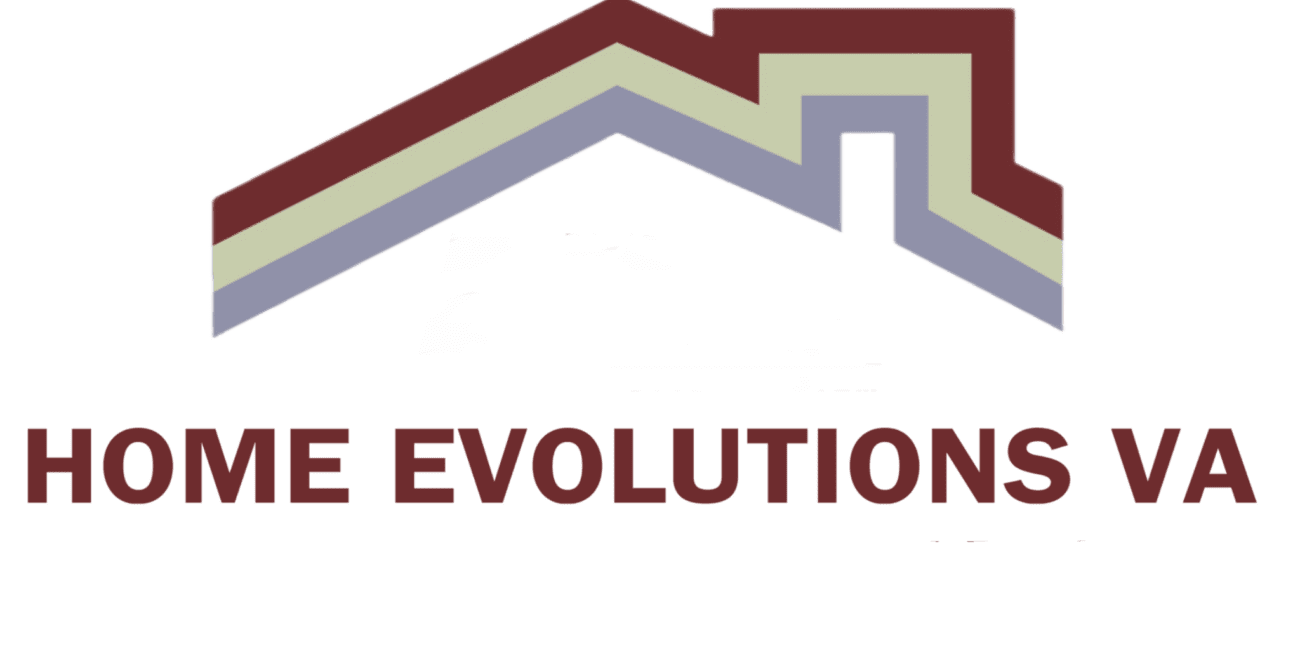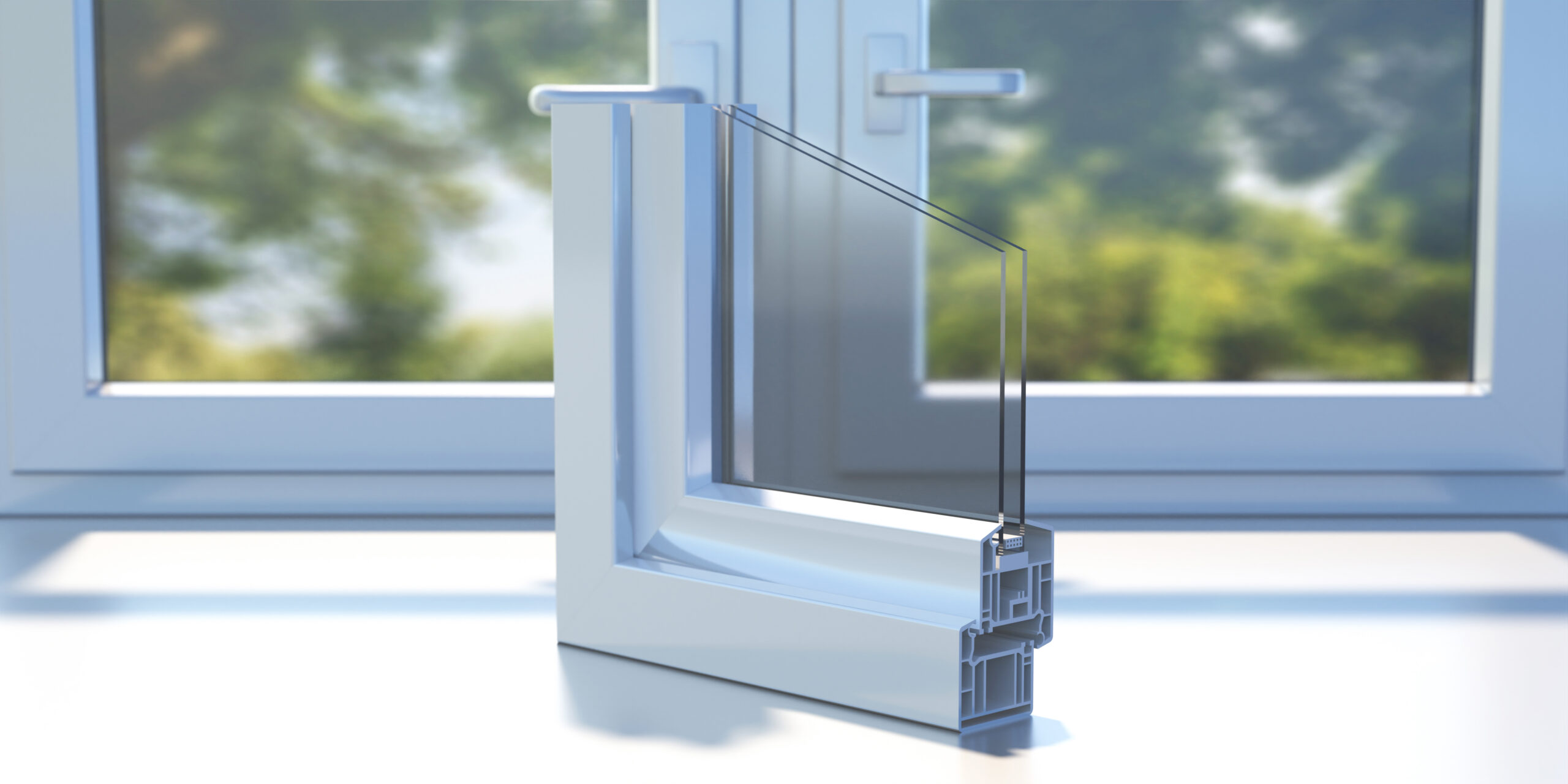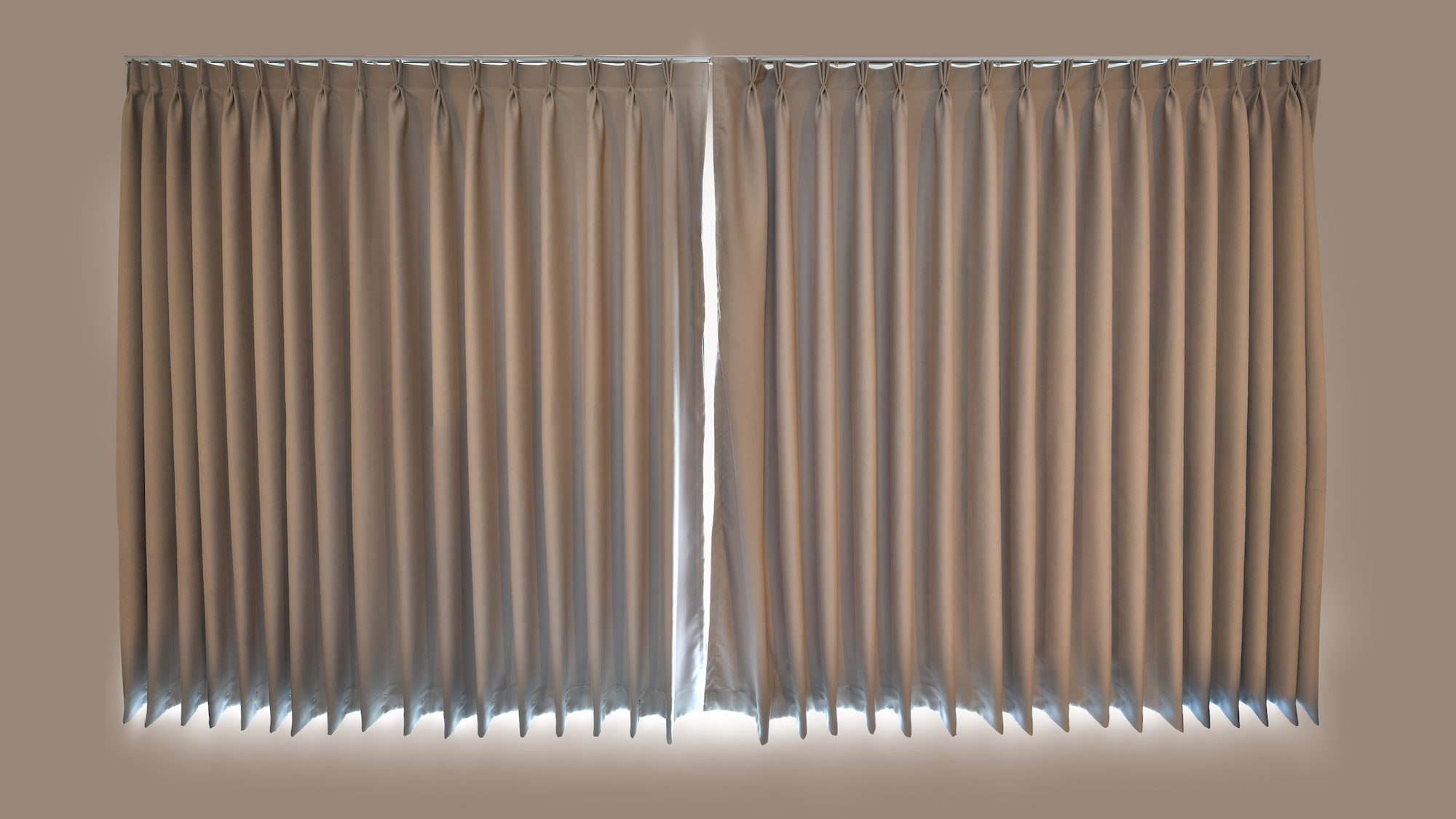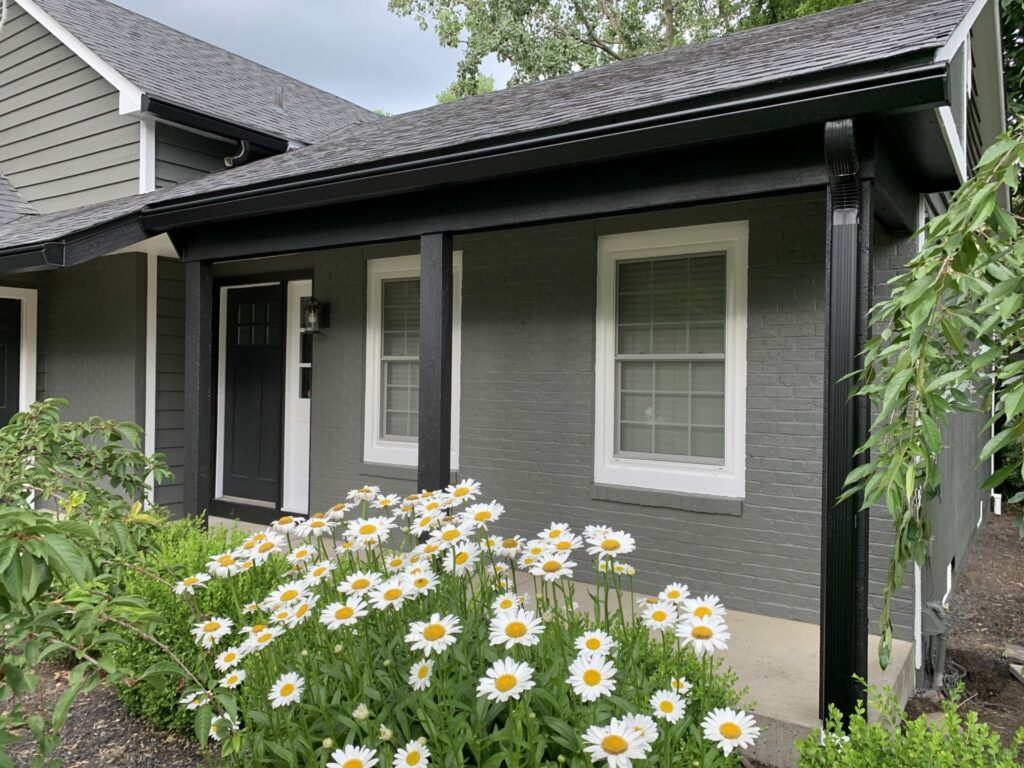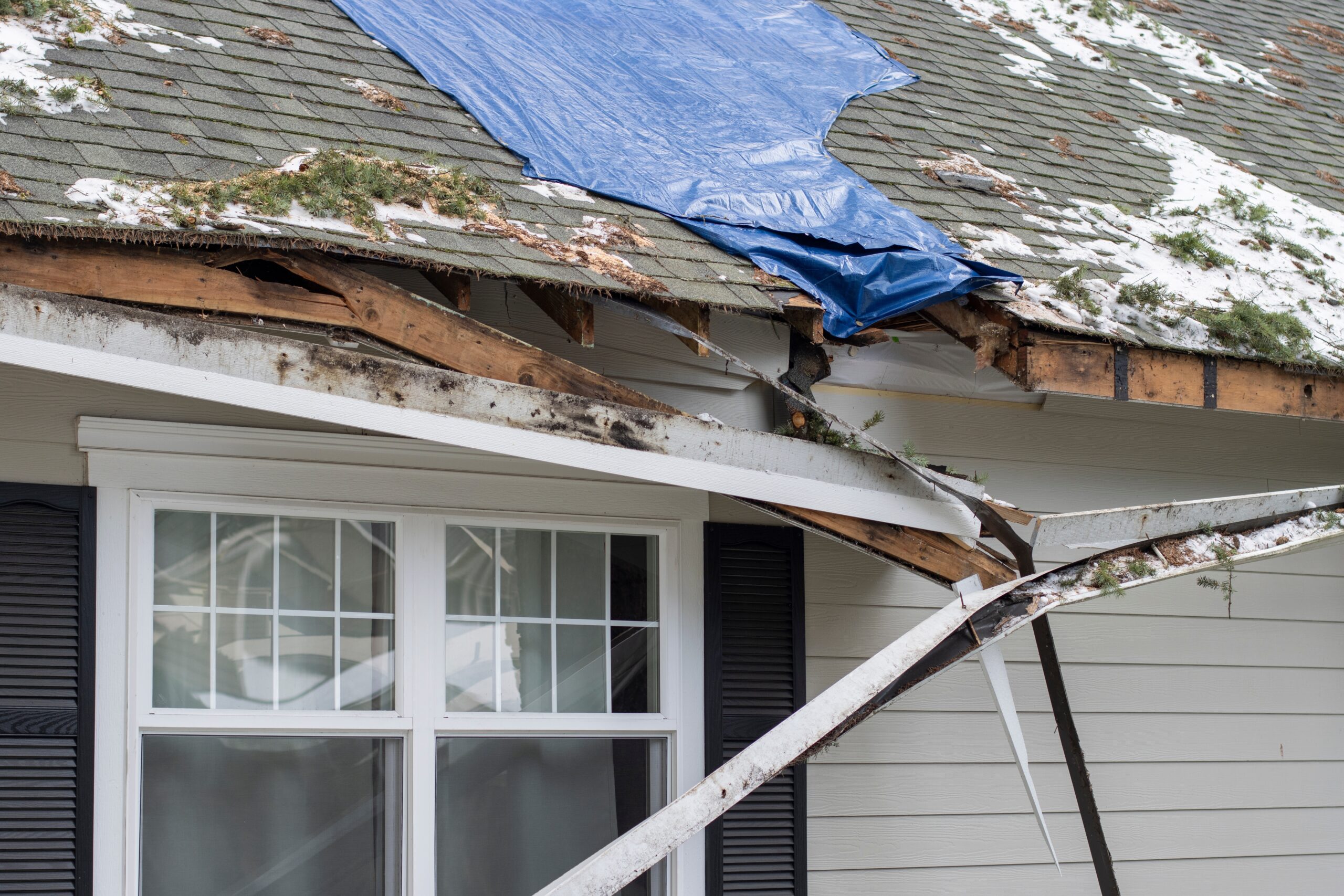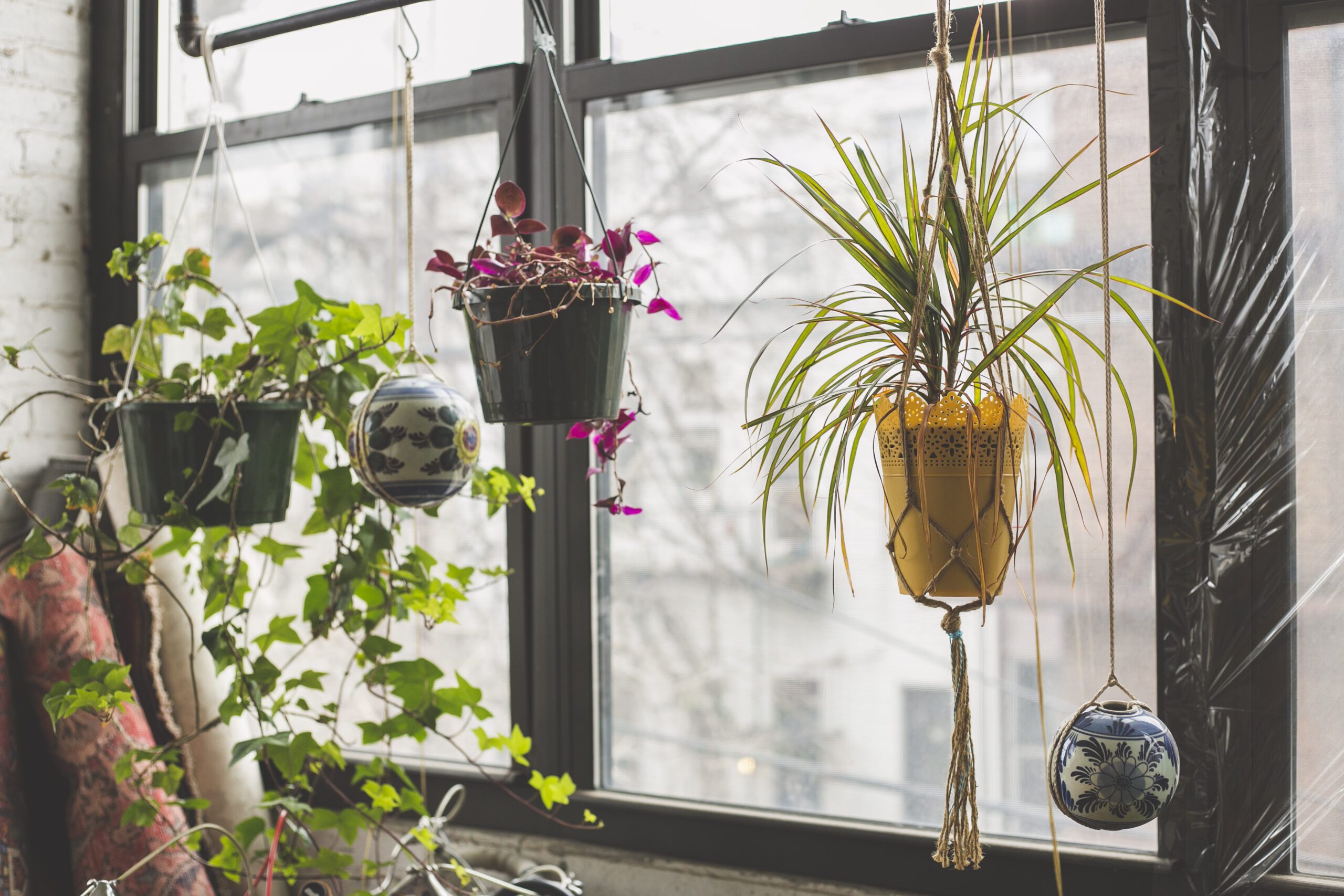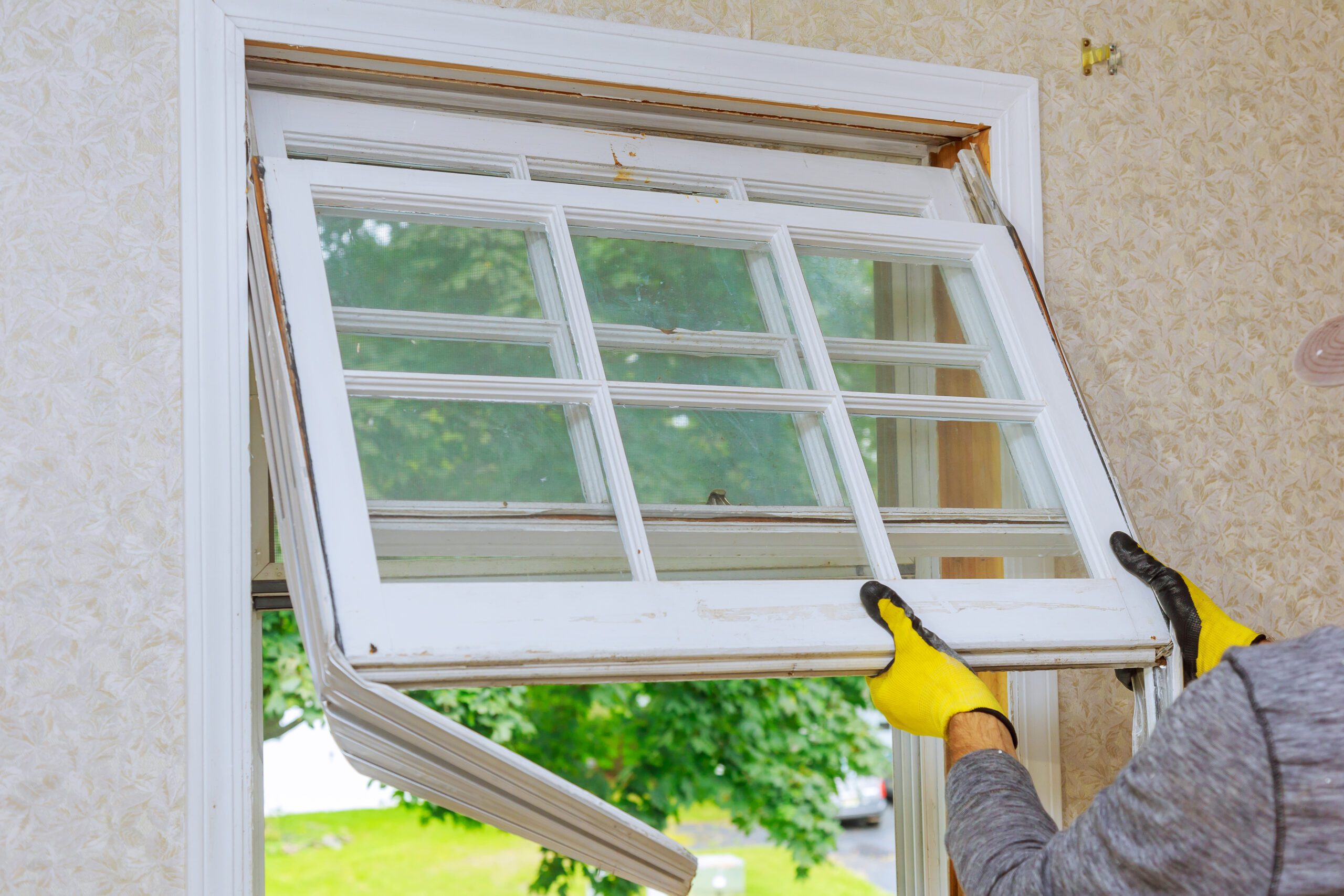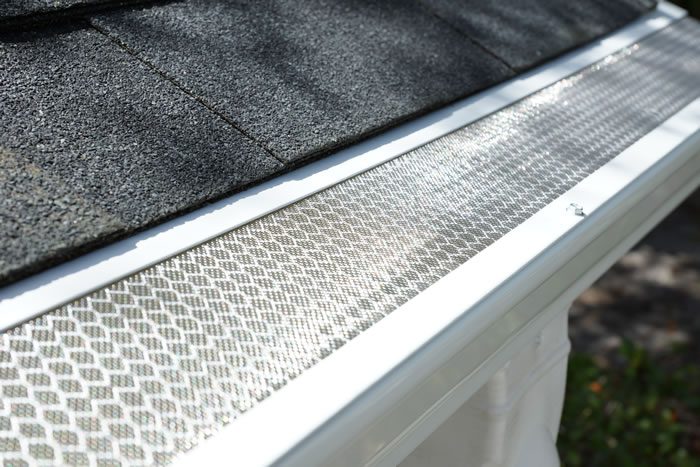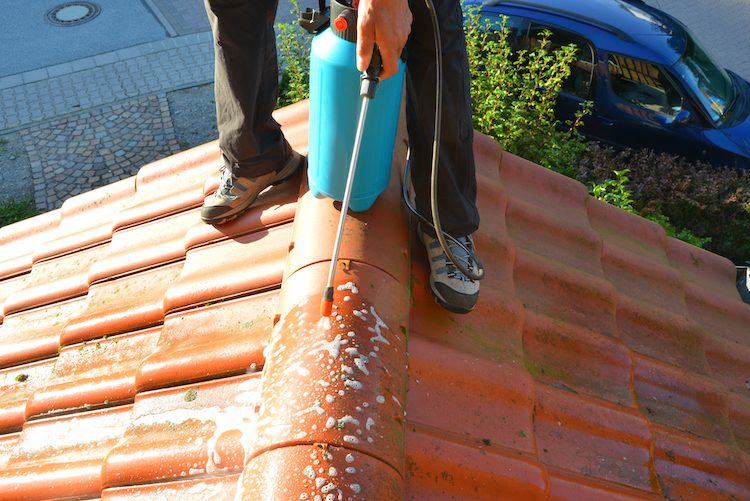
Roof algae is a potential problem that all homeowners should be aware of, no matter what region they live in or what type of roof they have. Algae is quick to grow and can be problematic for a variety of reasons. So, if you’re wondering what roof algae is and how you can prevent it, this article is for you.
What is Roof Algae?
Roof algae is an aquatic plant that does not have roots, leaves, or produce a flower. It is caused and spread, typically, by animals and the wind, and it thrives where moisture tends to stay on the roof. A single roof may develop various types of algae and fungi when bacteria are allowed to take over.
Homeowners might discover they have an algae problem on their roof when they notice dark streaks and stains on their roof. These stains often occur when algae die on the roof. Both stains and live algae are likely to continue to worsen until the root cause of roof algae is taken care of and the roof is cleaned professionally. If the issue is left unresolved, homeowners may eventually need to install a new roof entirely.
How do I Know if I Have Roof Algae?
One tricky part of diagnosing roof algae is that it may look different depending on the type of algae problem a homeowner is experiencing. However, in most cases, roof algae can be spotted by discoloration in roofing materials and stains or a mossy growth on the roof. It can also resemble spots of mold and may also look like black or dark streaking, white or green spots, or a green moss that spreads.
Algae can act quickly and sometimes take over a roof within four years or less, depending on the environment. That’s why, if you notice any discoloration or growth on your roof, you should contact a roofing specialist as soon as possible since they will be able to diagnose the cause and help you sort out the best course of action.
What Causes Roof Algae?
Roof algae will grow quickly in a specific combination of heat and moisture and will thrive in shaded, damp areas. Homeowners may find a start of algae growth in areas of their roof that are shaded by large trees. It also needs nutrients in order to thrive and continue to grow. Certain types of shingles or filters within the singles may provide algae the means to continue to grow and spread across roofs.
Rain can also help algae spread, or encourage its growth at the very least. The weather, coupled with clogged gutters, standing water, poor roofing materials, or poor roof ventilation can all contribute to the growth of algae. Therefore, it is critical to make sure your gutters are clear and your roofing is composed of proper materials.
Will Algae Impact my Roof?
Roof algae can be unsightly, but the problem might not stop there.
Stains
Roofing that is stained and darkened is usually one of the first indicators that a homeowner may have a roof algae problem. These stains can be bothersome and also significantly reduce the curb appeal of a home. Sometimes, these stains can be permanent.
The Value of Your Home
Roof algae can get a homeowner into trouble when it comes time to sell their home. It can indicate to buyers that the roofing system could have damage and be in need of repairs or replacements sooner than they would like.
Mold and Rot
Algae on a roof can cause the wood beneath it to rot, and when this happens, the repairs can be extensive. Wood that is rotten is much softer and much less safe. It is also more likely to leak. Trapped moisture combined with growing algae can also encourage mold to grow, which can be very dangerous as it can pose a health risk for those living in the home.
Damage to Your Roof
When algae are left to grow freely over long periods of time, it can damage the roof beyond simple repairs. In this case, a roof will need to be replaced sooner than normal, and can also become unstable. Algae is quick to spread. So, not only does allowing it to grow cause damage to a home, but it could begin to grow on neighboring homes and spread the problem around the neighborhood.
Your Health
Roof algae can also be bad for you and your family’s health. If it is left to grow and eventually help kickstart mold and mildew growth, it could leave the air contaminated with bacteria. Breathing in mold and mildew may lead to respiratory problems, allergies, nausea, and more. So, it’s important to treat the problem immediately.
How do I Prevent Roof Algae?
Roof algae is best treated by preventing it entirely. Although one cannot have control over the spores that are spread to a roof, we can prevent them from turning into growing algae. In order to do this, we should do our best to make the roof an unwelcoming environment for algae to grow.
Increase Sun Exposure
Homeowners should minimize the amount of shade on the roof by trimming overhanging branches. Since algae grow best in shaded locations, a roof exposed to the sun is ideal.
Maintain Your Gutters
As algae thrive in standing water, a proper, well-functioning gutter system is a great way to minimize this risk. Keeping gutters clear of debris and allowing water to drain freely is the first step to this. Whether you need to schedule a cleaning for your gutters or have new gutters installed, this is one of the best ways to prevent roof algae from establishing itself on your home.
Schedule Roofing Maintenance
A well-maintained roof is also key to algae prevention. Ensuring your roof wicks water away contributes to keeping it dry and inhospitable to algae.
At Home Evolutions VA, we are able to provide you with premium shingle roofing which is made with technology to prevent algae growth specifically. Plus, we also offer gutter cleaning and K-Guard Leaf Free Gutter System installation. So, we’re here to help you combat roof algae and cover all your roofing needs every step of the way. Contact us today for more information.
